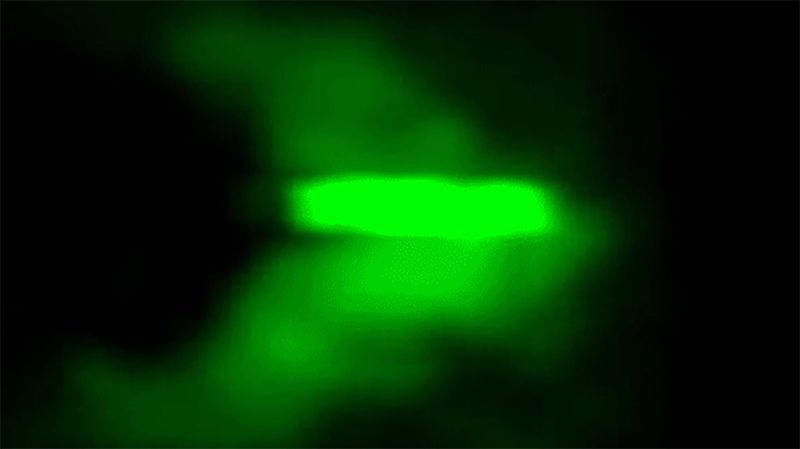When an aircraft travels at a super speed, a conic-shaped sonic boom is created which leaves behind pulses of light in a cone-shaped pattern. The scientists have now developed a camera, which can capture it. Interesting, right…? Let’s have a quick glance at it.

An object when moving pushes away the air in front of it creating pressure waves that move at the speed of sound waves in all the directions. If the object speed is equal to or greater than the sound waves, then it moves faster than the pressure waves because of which the pressure waves pile up creating shock waves called sonic booms. The sonic booms appear in a cone-shaped pattern known as “Mach cones,” which are present at the back of the supersonic objects. The scientists have been making efforts to capture the conical wakes, sonic booms, or photonic Mach cones.

According to Ensteins theory, light travels at a faster speed in vacuum. Nothing can travel faster than light, but it is now possible to slow down light when passed through glass or by other methods. You may ask HOW? The researcher Jinyang Liang and his colleagues at Washington University developed a narrow tunnel which had dry ice fog in it and this tunnel was placed in between plates made of aluminum oxide powder and silicone rubber in order to capture the photonic Mach cones. The researchers then passed the green laser light through the tunnel where it was scattered by the dry ice generating light waves that could enter the plates. The green light moved faster in the tunnel, creating a cone pattern of overlapping waves in the plates.
The “streak camera” created could capture images at a speed of 100 Billion frames per second in a single exposure. The camera captured images—one, direct image, two, temporal information of the scene so as to help reconstruct the image when wanted. The images have different bar codes to make sorting easier.
According to the researchers, the ultrafast camera could capture images of unpredictable or complex events at first exposure. The camera could be used to capture images of the neurons, flowing blood, living cells, and brain live image traffic in the near future. Isn’t this an interesting and great camera…?
